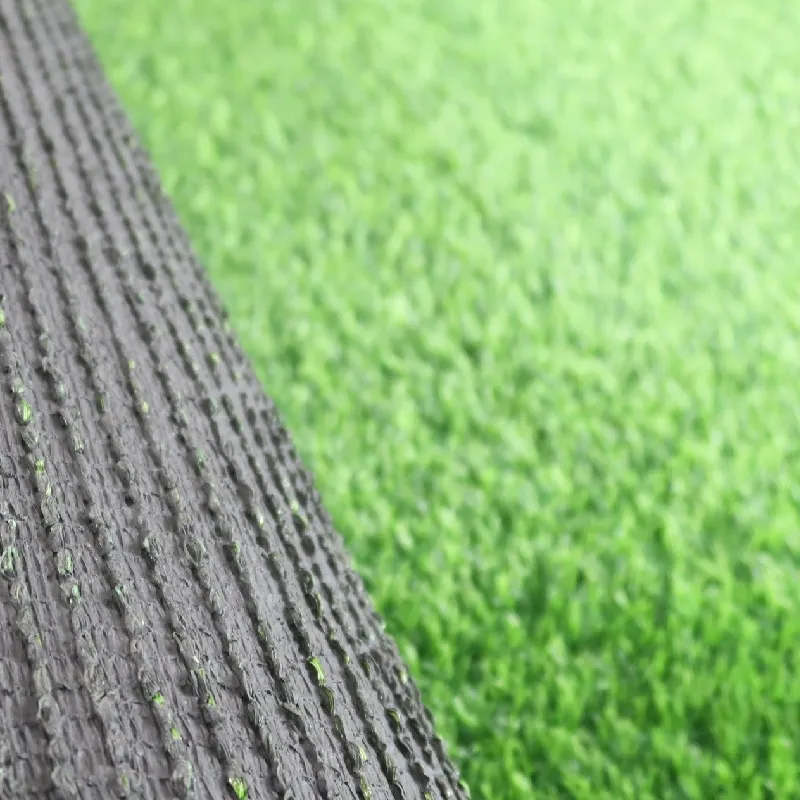
- Afrikaans
- Arabic
- Belarusian
- Bengali
- Czech
- Danish
- Dutch
- English
- Esperanto
- Estonian
- Finnish
- French
- German
- Greek
- Hindi
- Hungarian
- Icelandic
- Indonesian
- irish
- Italian
- Japanese
- kazakh
- Rwandese
- Korean
- Kyrgyz
- Lao
- Latin
- Latvian
- Malay
- Mongolian
- Myanmar
- Norwegian
- Persian
- Polish
- Portuguese
- Romanian
- Russian
- Serbian
- Spanish
- Swedish
- Tagalog
- Tajik
- Thai
- Turkish
- Turkmen
- Ukrainian
- Urdu
- Uighur
- Uzbek
- Vietnamese
Understanding the Importance of Sports Turf Grass for Athletic Performance and Field Maintenance
Dec . 24, 2024 19:00 Back to list
The Importance of Sport Turf Grass Enhancing Performance and Sustainability
Sport turf grass plays a crucial role in the world of athletics, providing the foundation for various sports, including football, soccer, baseball, golf, and many others. The type of grass used can significantly impact performance, player safety, and the overall aesthetics of the playing field. In this article, we will explore the various aspects of sport turf grass, including its types, maintenance, environmental impact, and advancements in technology to improve its quality.
Types of Sport Turf Grass
Sport turf grass can be categorized into two main types natural grass and synthetic turf. Natural grass, such as Bermuda, Kentucky bluegrass, and ryegrass, is favored for its performance and appeal. Each variety has specific characteristics that make it suitable for certain climates and sports. Bermuda grass, for instance, thrives in warm, sunny environments and is highly durable, making it ideal for football and soccer fields. Kentucky bluegrass, with its lush appearance, is often used for baseball diamonds but requires more maintenance and care.
On the other hand, synthetic turf has gained popularity in recent years due to its low maintenance requirements and durability. Made from polyethylene and nylon fibers, synthetic turf can withstand heavy use without the need for irrigation or mowing. This makes it an attractive option for schools and municipalities facing water shortages or budget constraints. However, the debate continues regarding the safety and heat retention of synthetic surfaces compared to natural grass.
Maintenance of Sport Turf Grass
Maintaining sport turf grass is vital for ensuring a safe and playable surface. Proper care involves a combination of regular mowing, watering, fertilization, and pest control. Mowing helps maintain the appropriate height for optimal growth, while irrigation ensures that the grass receives the necessary moisture, especially during hot, dry periods.
Fertilization plays a critical role in promoting healthy growth and resilience to diseases. Various fertilizers can be used to provide essential nutrients, with a focus on nitrogen, phosphorus, and potassium. Additionally, implementing an integrated pest management system can minimize damage from insects and diseases, promoting a safer playing environment for athletes.
sport turf grass

Environmental Impact
The environmental impact of sport turf grass is a topic of growing concern. Natural grass fields contribute to ecological balance by absorbing carbon dioxide, producing oxygen, and supporting biodiversity. They can also mitigate stormwater runoff, reducing flooding and erosion in nearby areas. However, maintaining natural grass often requires significant water, fertilizers, and pesticides, which can harm local ecosystems if not managed properly.
Synthetic turf, while minimizing water consumption and maintenance, poses environmental challenges, particularly regarding its disposal at the end of its lifespan. However, innovations in recycling synthetic turf are emerging, enabling old turf to be repurposed into new products, thereby addressing some environmental concerns.
Advancements in Technology
The sports turf industry has seen remarkable advancements in technology, improving the quality and durability of both natural and synthetic turf. Innovations include smart turf systems equipped with sensors that monitor soil moisture levels, allowing for precise irrigation and reducing water waste. These systems help in maintaining ideal playing conditions and ultimately enhance athlete performance.
Research into grass breeding has also resulted in the development of more resilient varieties that require less water and resist diseases better than their predecessors. These advancements are essential in addressing the challenges posed by climate change, ensuring that fields remain safe and playable year-round.
Conclusion
Sport turf grass is much more than just a surface for athletic competitions; it is a critical component of sports culture that enhances performance, promotes safety, and supports environmental sustainability. As technology continues to evolve, the future of sport turf grass looks promising, paving the way for healthier, greener, and more efficient playing fields for generations to come. Proper management and innovative solutions will play key roles in balancing the needs of athletes with the health of our planet.
-
The Benefits of Artificial Turf for Indoors
NewsJul.15,2025
-
How Artificial Grass Suppliers Ensure Quality Products
NewsJul.15,2025
-
Artificial Grass and Pets: A Space for Relaxation
NewsJul.08,2025
-
Balcony & Outdoor Decoration with Artificial Grass
NewsJul.08,2025
-
Best Indoor Artificial Grass for Home
NewsJul.07,2025
-
Best Pet Turf for Dogs: Safe & Durable Artificial Grass Options
NewsJul.07,2025
Products categories









